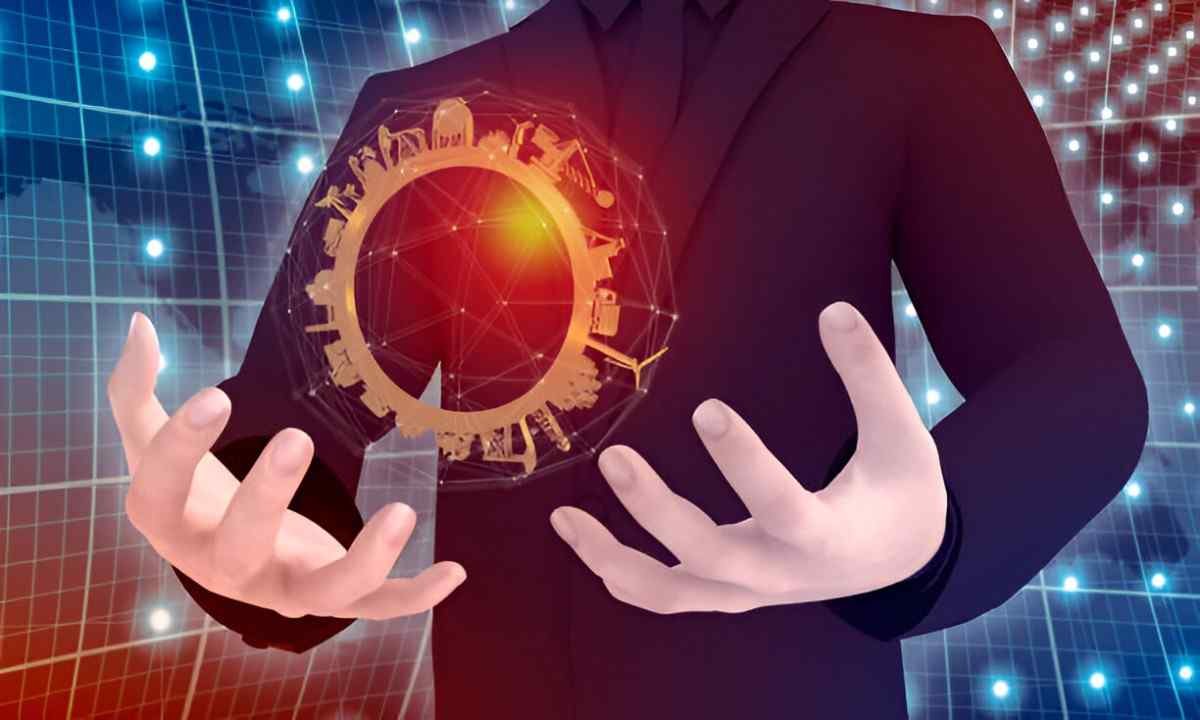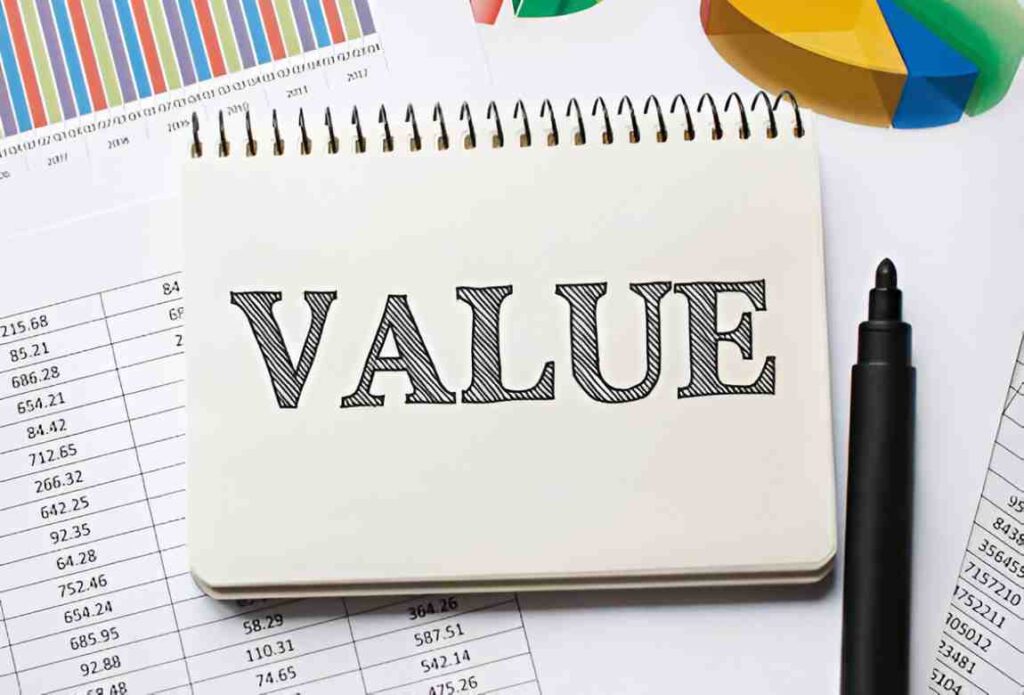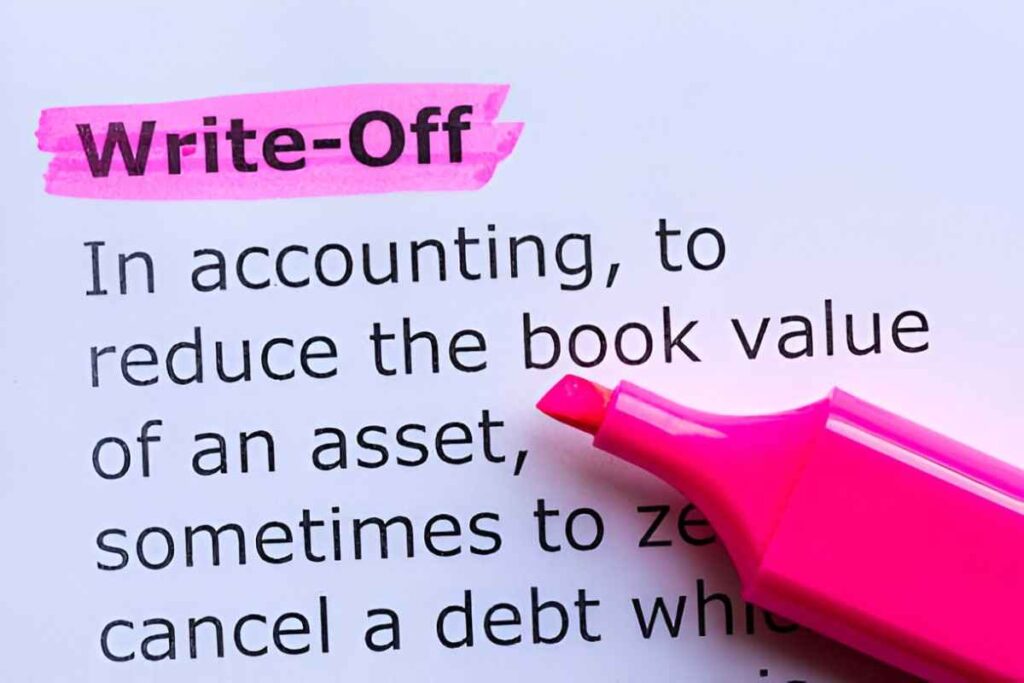Asset management is a cornerstone of modern business operations, yet many organizations struggle to optimize their assets effectively. Enter terotechnology—a multidisciplinary approach that combines engineering, economics, and management to maximize the value of physical assets over their lifecycle. In this guide, I’ll walk you through the fundamentals of terotechnology, its applications, and how it can transform your asset management strategy. Whether you’re a beginner or someone looking to deepen your understanding, this article will provide actionable insights and practical examples to help you get started.
Table of Contents
What Is Terotechnology?
Terotechnology is the science of managing assets throughout their lifecycle to minimize costs and maximize performance. It’s not just about maintenance; it’s about integrating design, operation, maintenance, and disposal into a cohesive strategy. The term originates from the Greek word tero, meaning “I care for,” and technology, reflecting its technical foundation.
Terotechnology emerged in the 1970s as industries realized that focusing solely on maintenance wasn’t enough. Companies needed a holistic approach to manage assets efficiently. Today, it’s widely used in sectors like manufacturing, energy, transportation, and infrastructure.
Why Terotechnology Matters
In the U.S., where infrastructure aging and operational inefficiencies cost billions annually, terotechnology offers a solution. For example, the American Society of Civil Engineers (ASCE) gave U.S. infrastructure a C- grade in 2021, highlighting the urgent need for better asset management. Terotechnology helps address these challenges by:
- Extending Asset Lifespan: Proper care and maintenance reduce wear and tear.
- Reducing Costs: Proactive management prevents costly breakdowns.
- Improving Efficiency: Optimized assets perform better, saving time and resources.
- Enhancing Sustainability: Efficient asset use reduces waste and environmental impact.
The Core Principles of Terotechnology
Terotechnology rests on four key principles:
- Lifecycle Costing: Evaluating the total cost of an asset over its entire lifespan.
- Reliability-Centered Maintenance (RCM): Focusing on maintaining critical functions.
- Performance Monitoring: Tracking asset performance to identify issues early.
- Continuous Improvement: Using data to refine strategies over time.
Let’s explore each principle in detail.
1. Lifecycle Costing
Lifecycle costing is the foundation of terotechnology. It involves calculating the total cost of owning and operating an asset, from acquisition to disposal. This approach helps you make informed decisions about purchasing, maintaining, and replacing assets.
The formula for lifecycle costing is:
LCC = C_p + C_o + C_m + C_d - S_rWhere:
- C_p = Purchase cost
- C_o = Operating cost
- C_m = Maintenance cost
- C_d = Disposal cost
- S_r = Salvage value
Example: Lifecycle Cost of a Manufacturing Machine
Let’s say you’re considering purchasing a machine for your factory. Here’s the breakdown:
- Purchase cost: $100,000
- Annual operating cost: $10,000
- Annual maintenance cost: $5,000
- Disposal cost: $2,000
- Salvage value: $20,000
- Expected lifespan: 10 years
Using the lifecycle costing formula:
LCC = 100,000 + (10,000 \times 10) + (5,000 \times 10) + 2,000 - 20,000 = 232,000The total lifecycle cost is $232,000. This figure helps you compare options and make cost-effective decisions.
2. Reliability-Centered Maintenance (RCM)
RCM focuses on maintaining the functions of an asset that are critical to operations. Instead of fixing everything, you prioritize what matters most. This approach reduces downtime and saves resources.
Steps to Implement RCM:
- Identify Critical Functions: Determine which functions are essential for operations.
- Analyze Failure Modes: Understand how and why failures occur.
- Develop Maintenance Strategies: Choose the most effective maintenance methods.
- Monitor and Adjust: Continuously improve based on performance data.
3. Performance Monitoring
Performance monitoring involves tracking key metrics to assess asset health. Common metrics include:
- Mean Time Between Failures (MTBF): The average time between failures.
- Mean Time to Repair (MTTR): The average time to fix a failure.
- Overall Equipment Effectiveness (OEE): A measure of productivity.
The formula for OEE is:
OEE = Availability \times Performance \times QualityWhere:
- Availability = Operating time / Planned production time
- Performance = Actual output / Ideal output
- Quality = Good units / Total units produced
Example: Calculating OEE
Suppose your machine operates for 8 hours a day, with 30 minutes of downtime. It produces 1,000 units, but only 950 are good. The ideal output is 1,200 units.
- Availability = 7.5 / 8 = 0.9375
- Performance = 1,000 / 1,200 = 0.8333
- Quality = 950 / 1,000 = 0.95
An OEE of 74.1% indicates room for improvement.
4. Continuous Improvement
Continuous improvement is about refining your strategies based on data. Tools like the Plan-Do-Check-Act (PDCA) cycle help you implement changes systematically.
Terotechnology in Practice
Let’s look at how terotechnology is applied in different industries.
Manufacturing
In manufacturing, terotechnology helps optimize production lines. For example, a car manufacturer might use lifecycle costing to decide whether to repair or replace a robotic arm. By analyzing costs and performance, they can make data-driven decisions.
Energy
In the energy sector, terotechnology ensures the reliability of power plants. Performance monitoring helps detect issues early, preventing costly outages.
Transportation
Transportation companies use terotechnology to maintain fleets. RCM ensures that critical components like engines and brakes are always in top condition.
Challenges and Solutions
While terotechnology offers many benefits, it’s not without challenges.
1. Data Collection
Accurate data is essential for terotechnology. However, many organizations struggle with data collection. The solution is to invest in sensors and software that automate data gathering.
2. Implementation Costs
Implementing terotechnology can be expensive. However, the long-term savings often outweigh the initial costs. Start small and scale up as you see results.
3. Resistance to Change
Employees may resist new processes. To overcome this, involve them in the planning process and provide training.
The Future of Terotechnology
As technology advances, terotechnology will become even more powerful. Innovations like the Internet of Things (IoT) and artificial intelligence (AI) will enable real-time monitoring and predictive maintenance.
For example, IoT sensors can track asset performance and send alerts before failures occur. AI can analyze data to identify patterns and recommend improvements.
Conclusion
Terotechnology is a game-changer for asset management. By focusing on lifecycle costing, reliability-centered maintenance, performance monitoring, and continuous improvement, you can optimize your assets and reduce costs. While challenges exist, the benefits far outweigh the drawbacks.





